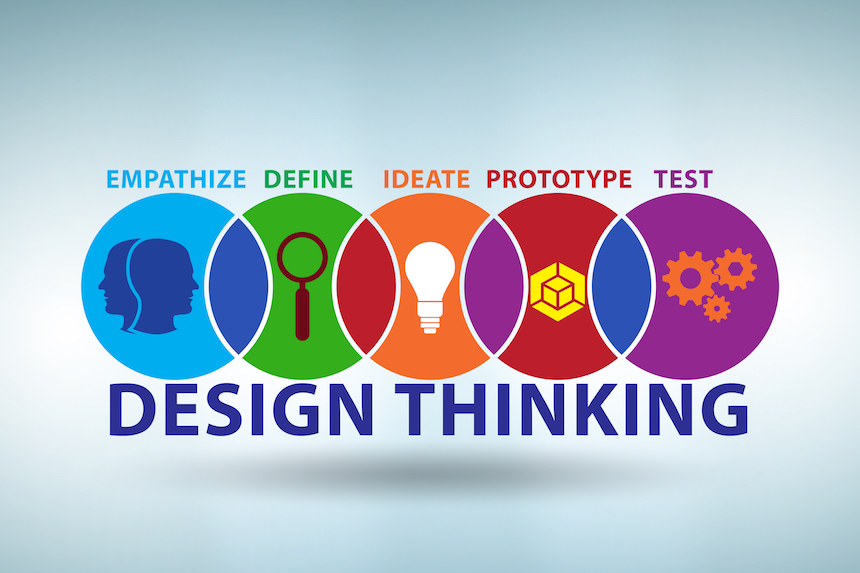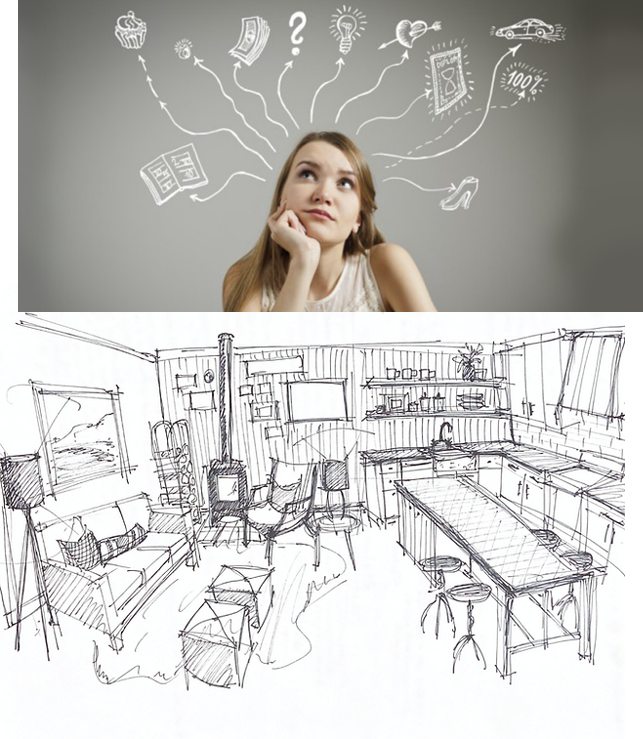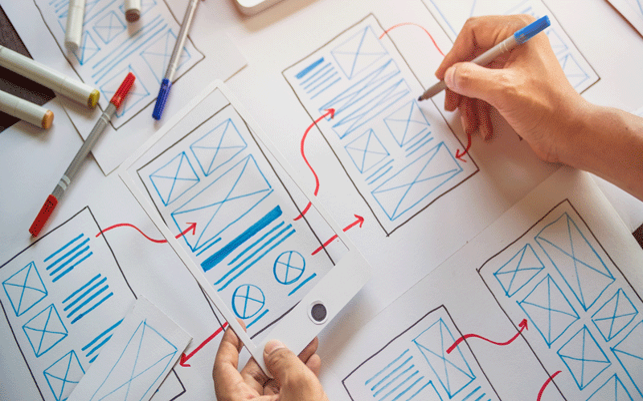We are in the age of innovation and the pillars of business are evolving. Business owners are striving to keep up to date by moving from the sinking environment of business into a new experience of the tech world. With this evolvement, new concepts such as design thinking would be structured. The analytical thinking style of operations would also need to evolve into a more digital design thinking.
Although design thinking is an ideology founded on designers’ processes for outlining design stages, its goal is to give all professionals a standardized innovation process to come up with original solutions to challenges, whether or not they are related to design
In 1969 Herbert Simon says design can be a way of thinking and that design is too important to just leave its concepts to the designers alone, as it is a method of creating actions.
WHAT IS DESIGN THINKING?
Design thinking can be traced back to centuries—and perhaps even longer—it gained traction in the modern business world after Tim Brown, CEO and president of design company IDEO, published an article about it in the Harvard Business Review. Tim Brown, CEO of IDEO, describes design thinking as “a discipline that uses the designer’s sensibility and methods to match people’s needs with what is technologically feasible and what a viable business strategy can convert into customer value and market opportunity.”
We like to put it in a simpler definition that explains it as a human-centered approach to problem-solving that prioritizes empathy, defining, ideation, prototyping, and testing.
DESIGN THINKING METHODOLOGY
The essence of design thinking is human-centric and user-specific. It’s about the person behind the problem and solution, and requires asking questions such as “Who will be using this product?” and “How will this solution impact the user?”. A methodology is usually set in place to answer this question and it involves five steps.

1. Empathy
Most of the problems we solve are not our problem. To provide an adequate solution to the problem, we need information on what our targeted audience really wants. this is the first stage of design thinking where we want to move the audience by supplying their need or want is to empathize with them i.e. understand their feelings, we call it becoming the audience. Empathy is the cornerstone of any successful project. The extent to which you understand and empathize with your users ultimately determines the outcome of your solution. Will it be user-friendly–an apt solution to the user’s problem? Or will it miss the mark because you never fully grasped where your users are coming from?
2. Define
The Define stage will help the design team collect great ideas to establish features, functions and other elements to solve the problem at hand—or, at the very least, allow real users to resolve issues themselves with minimal difficulty. In this stage, you will start to progress to the third stage, the ideation phase, where you ask questions to help you look for solutions. You define to Analyze and identify.

3. Ideate
As part of the process, ideation sessions help you to challenge assumptions, think outside the box, and explore uncharted territory. In this guide, we’ll go deeper into an explanation of ideation, why it’s so important to your work as a designer, and how you can prepare for productive ideation sessions. You can use a tool such as systematic inventive thinking (SIT) in this stage of design thinking, which is useful for creating an innovative process that can be replicated in the future.

4. Prototype
This step isn’t about perfection, but rather experimenting with different ideas and seeing which parts work and which don’t. Prototyping is an extremely valuable step in the design thinking process. Putting the user at the heart of the process requires you to test your designs on real users—and prototypes make this possible without spending loads of time and money.
5. Test
This is the final stage of the five-stage model; however, in an iterative process such as design thinking, the results generated are often used to redefine one or more further problems. This increased level of understanding may help you investigate the conditions of use and how people think, behave and feel towards the product, and even lead you to loop back to a previous stage in the design thinking process. The ultimate goal is to get as deep an understanding of the product and its users as possible.
Design thinking is an iterative, non-linear, human-centered design process consisting of five core stages Empathize, Define, Ideate, Prototype and Test, which serves as a guide.
To dive deeper into design thinking methodology, you can pursue an online course or workshop. This can be a practical path if you want to improve your design thinking skills or require a more collaborative environment.




